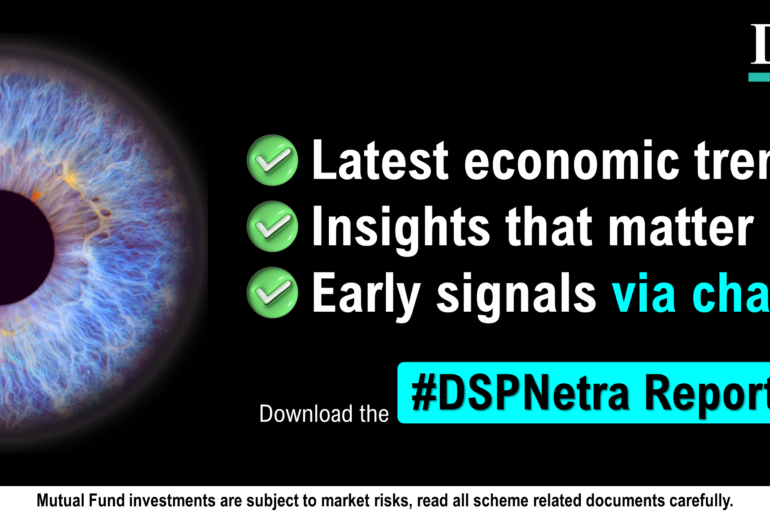Last Updated on Jun 6, 2023 by Harshit Singh
Research is not just about giving the correct answers; it’s also about asking the right questions. When I say research today, most think it’s just about sitting in a room reading documents and crunching numbers. Though it is one of the most important parts of research, there is another important part of research that goes ignored by most of us, which is the Scuttlebutt investing approach. I cannot emphasise enough how important it is to use this approach.
Firstly, we need to understand what it is and why it is used.
As Philip Fisher said, “Reading the printed financial records about a company is never enough to justify an investment.”
One needs to ask themselves a simple question while analysing any business: Is this a business I would like to own? To answer this question, you need to understand the granular details of any business.
There are Annual reports, Investor presentations, Concall transcripts, AGM, EGM, and many other sources for one to understand the business well. Still, the catch is that in most of these sources, the management is involved directly or indirectly (Though there are sources like Valuepickr and Stock Coverages where opinions may be unbiased). Therefore, to get an unbiased opinion, one needs to talk to every person involved in the business. This is beyond all the analysis you do before making any investment. However, it gives great and important qualitative aspects about any business.
Now there are various people you can speak to about the business, and we will discuss some of them here.
Suppliers – These are the people with whom the value chain of any business starts. If the supply side of the business is not strong, it will create a question on the long-term sustainability of business models. Understand what the suppliers think about the company and the people running it. This gives you an understanding of the sustainability of the supply chain.
For reference – While speaking to the supplier of a small manufacturing company, I came to know about the company not paying suppliers the entire amounts due, and the supplier had decided that they won’t supply raw materials like resins (which was a very crucial raw material for the company) to the company.
Employees – Any company needs employees to keep growing, and human capital is significant to run any business. A simple LinkedIn search will give you access to employees. You can try connecting with employees via LinkedIn or mutual connections. You can speak to employees about the company’s business, senior management team, and the culture at work. These are softer aspects that help while making any decisions.
For reference – While analysing a furniture startup, a friend spoke to some ex-employees. He learned that the promoter is the sole person making all the decisions. There is no debate on those decisions now that professionals would not stick around with such a person, and this speaks a lot about how the promoter wants to build an organisation.
Dealers and Distributors and Store visits – Speaking to the dealers and distributors will give a good sense of the product’s different brands and strengths. Try searching about the product on E-sourcing websites, and you will get in contact with multiple dealers and distributors. Try speaking to them about the product and check what brand the dealer suggests. Speak to multiple dealers and multiple distributors to get a firm understanding. If possible, visit a store with that product and try to understand the product better.
For reference – While analysing a shoe-making company, I went down to a few stores and asked the store owner if I wanted a shoe that should be comfortable. He recommended 2 of the competitor’s brands. When asked about the company’s brand, he mentioned that these shoes could tear very easily as they are hand-stitched, and multiple shoemakers make machine-stitched shoes. Now this kind of information you cannot get on a company’s earnings call.
Competition – When you want to know the business’s strengths, speak to promoters and the management team of the business, but when you want to learn more about the weaknesses of the business, you need to talk to the competition and know what they are doing. Speaking to the competition, you understand if the company you are analysing keeps the competition at the corner or is getting smashed by the competition.
For reference – While analysing a sink manufacturing company, I connected to a global competitor’s COO (Chief operations officer) via LinkedIn. While speaking to him, he explained how they had a controlling stake in the industry. Still, lately, because of the competition from the company I was analysing, their business has faced a loss in market share, which shows that the business can compete. I also understood that the company I was analysing had a substantial cost-benefit due to its strong cost structure, so they can produce similar quality and sell at lower prices.
Customers – While analysing different businesses, you should always have a conversation with the business’s customers. It would help if you understood why they need the product and why they are ready to pay for this particular brand or product. Can they switch if they get better prices? You can have many more questions depending on the business.
For reference – A founder of a candle-making company claimed that he sells scented candles in Mumbai to big townships by putting up stalls in those townships. We asked the customers from multiple townships if they needed these candles, and then we understood there was no real need for the product. The reason to buy them is that they were very cheap compared to the market, and they didn’t have to travel much to buy them. So the only catch was cheap products delivered to the doorstep, but the question till, how long can the founder sell it cheap?
- Sovereign Gold Bonds (SGBs) – A Smart Alternative to Gold Exposure - Jul 12, 2024
- Navigating the Debt Trap: Lessons from Business Failures - May 30, 2024
- Utility of Wealth in Gen Z and Their Spending Patterns - Apr 30, 2024



